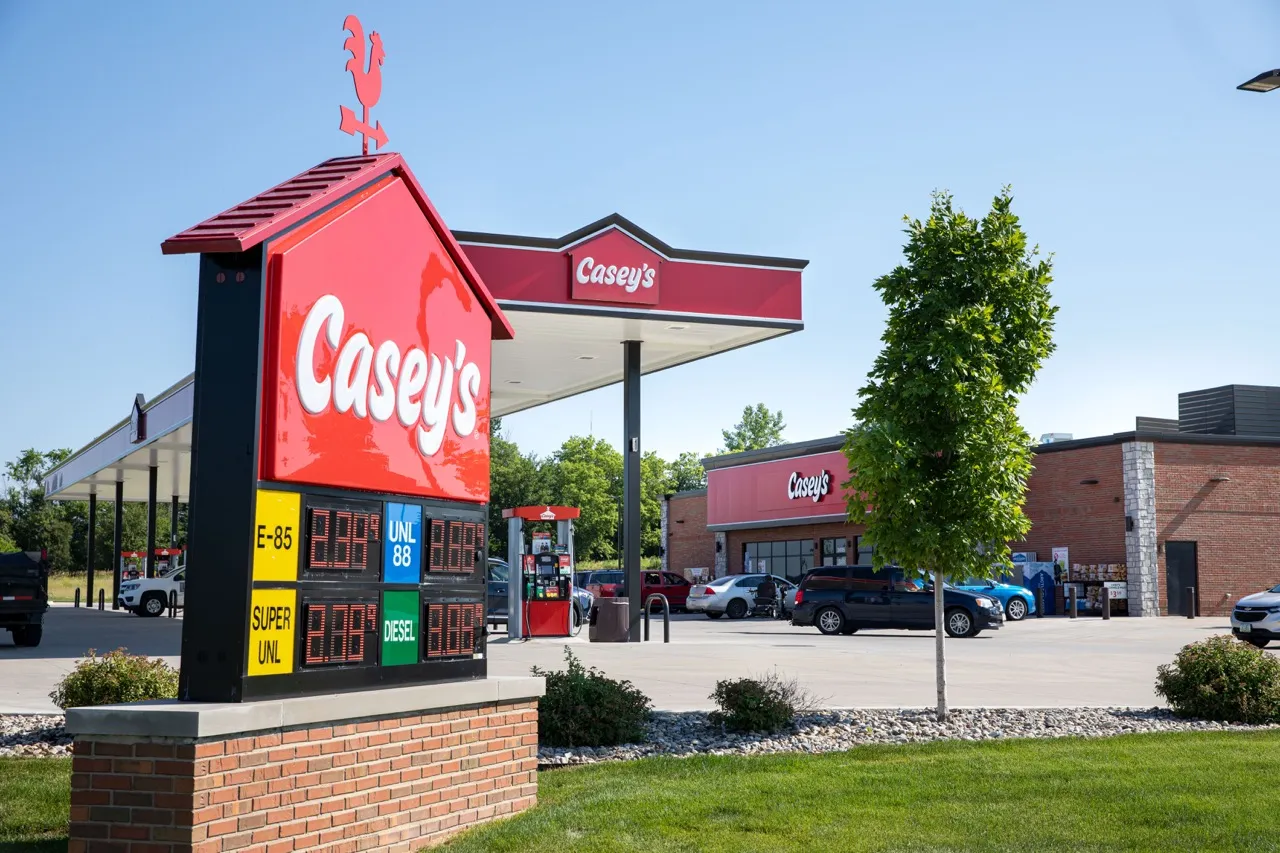ROGERS, Ark. — As customers’ shopping preferences continue to shift, Walmart will adjust its capital investment next year to put more emphasis on e-commerce and the Neighborhood Markets format while trimming its investment in supercenter openings.
As customers’ shopping preferences continue to shift, Walmart will adjust its capital investment next year to put more emphasis on e-commerce and the Neighborhood Markets format while trimming its investment in supercenter openings.
The retailer expects to open roughly 60 to 70 supercenters in its 2016 fiscal year, which begins in February. This compares with 120 new supercenter locations that are planned for the current fiscal year. Walmart announced this major shift to its capital program on October 15 at its 21st annual meeting for the investment community.
"There is a growing consensus that the future of retail is not just in-store and not just online," president and chief executive officer Doug McMillon said at the meeting. "The winners in retail will be those that can put them together. Frankly, we think we’re already doing the harder part. … We have the stores, the associates and the expertise in the physical world that others will need to build."
Walmart also intends to boost investment in its smaller Neighborhood Market format, a move likely prompted by the increases this format has seen this year in same-store sales and shopper traffic. Executives of the company told the investor meeting that a revised capital budget for 2016 calls for about 170 new Neighborhood Market locations, compared with 105 openings in the current fiscal year. The company said it could open as many as 200 additional Neighborhood Markets in the following year.
McMillon said Neighborhood Markets "continue to be a bright spot in terms of comp sales." The Neighborhood Market format, which is about one-fourth of the size of a typical Walmart supercenter, are often opened in urban centers where convenience is a leading factor in shoppers’ store choice.
Another area of emphasis at Walmart will be improving short-term financial performance, specifically with improvements in comparable-stores sales for its supercenters business and changes to the customer rewards program at Sam’s Club. McMillon said the company’s U.S. supercenters "should be delivering positive comps consistently," based on the combination of assortment, in-stock position and low pricing.
McMillon also noted at the meeting that Walmart will continue its efforts to better meet customer needs across "four key dimensions" – price, assortment, experience and access. As part of this effort, the company wants to develop a "more seamless relationship" with customers, whether they are shopping in stores or online.
At a strategic level, McMillon identified three key points that Walmart believes will "drive the business going forward": better customer service efforts that are built on measures such as "access" and "[shopping] experience," more focus on driving sales growth that is "the only sustainable way to deliver returns over time," and managing capital in a "disciplined and thoughtful manner."
"In the past, we’ve tended to roll up our plans from markets and segments, but this year we’ve started with an enterprise-wide approach," McMillon said. "The Internet, mobile, data and technology present opportunities across our businesses to better serve the changing customer."





